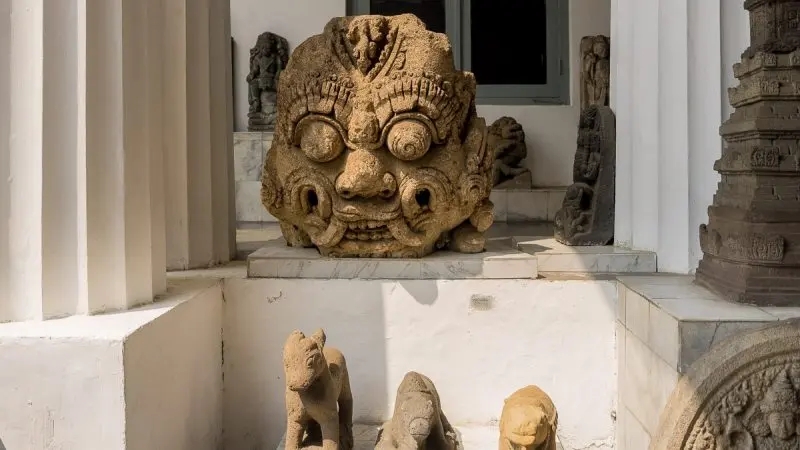In the bustling city of Jakarta stands the National Museum of Indonesia, often referred to as the “Elephant Building” due to the bronze elephant statue in its forecourt, a gift from King Chulalongkorn of Thailand.
This museum is not just a building but a repository of the nation’s heritage, offering a journey through Indonesia’s diverse cultural and historical landscape. From prehistoric artifacts to colonial relics, the museum provides an in-depth look into the rich tapestry of Indonesian history.
The Museum’s Historical Significance
Established in 1868, the National Museum of Indonesia has evolved significantly over the years, both in its collection and architectural grandeur. It serves as a center for education and cultural preservation, housing an extensive collection of artifacts that span the length and breadth of the Indonesian archipelago.
The Collections: A Glimpse into Indonesia’s Past
The museum’s collection is categorized into several sections, each dedicated to different aspects of Indonesian culture and history. The Prehistoric Collection showcases relics from Indonesia’s earliest inhabitants, including fossils and ancient tools.
The Hindu-Buddhist Art Collection contains exquisite sculptures and carvings from Indonesia’s Hindu and Buddhist periods, highlighting the country’s religious evolution.
Ethnography and Ceramics
The Ethnography section is a testament to Indonesia’s ethnic diversity, displaying traditional clothing, weapons, musical instruments, and daily-use objects from various ethnic groups. The Ceramics section, on the other hand, features both local and imported ceramics, reflecting Indonesia’s trade relations throughout history.
Numismatics and Historical Relics
The Numismatics collection, with its array of traditional currencies, provides insights into the economic history of the archipelago. The Historical Relics section contains colonial-era artifacts, offering a glimpse into Indonesia’s struggle for independence.
The Architecture of the Museum
The museum’s architecture itself is a blend of traditional Indonesian and colonial Dutch styles. The original building, known as Gedung Gajah (Elephant Building), is an example of Dutch colonial architecture, while the new wing, Gedung Arca, features traditional Indonesian elements.
Interactive and Educational Exhibits
The National Museum of Indonesia has embraced modern technology to make its exhibits more interactive and educational. Multimedia displays, dioramas, and guided tours enhance the visitor experience, making the museum’s vast collection more accessible and engaging.
The Museum’s Role in Cultural Preservation
Beyond being a tourist attraction, the museum plays a crucial role in the preservation and promotion of Indonesia’s cultural heritage. It is a hub for research, with scholars studying its collections to gain insights into Indonesia’s multifaceted history and culture.
Visiting the Museum
The National Museum of Indonesia is a must-visit for anyone interested in the history and culture of this vast archipelago. Located in central Jakarta, it is easily accessible and offers a comprehensive and enlightening experience for all ages.
Conclusion
The National Museum of Indonesia stands as a guardian of the nation’s rich heritage, showcasing the cultural and historical journey of one of the world’s most diverse countries.
A visit to the museum is more than just a tour; it’s an educational journey that brings to life the stories, traditions, and history of Indonesia’s many islands and peoples. It is an essential destination for understanding the past, present, and future of this unique nation.
